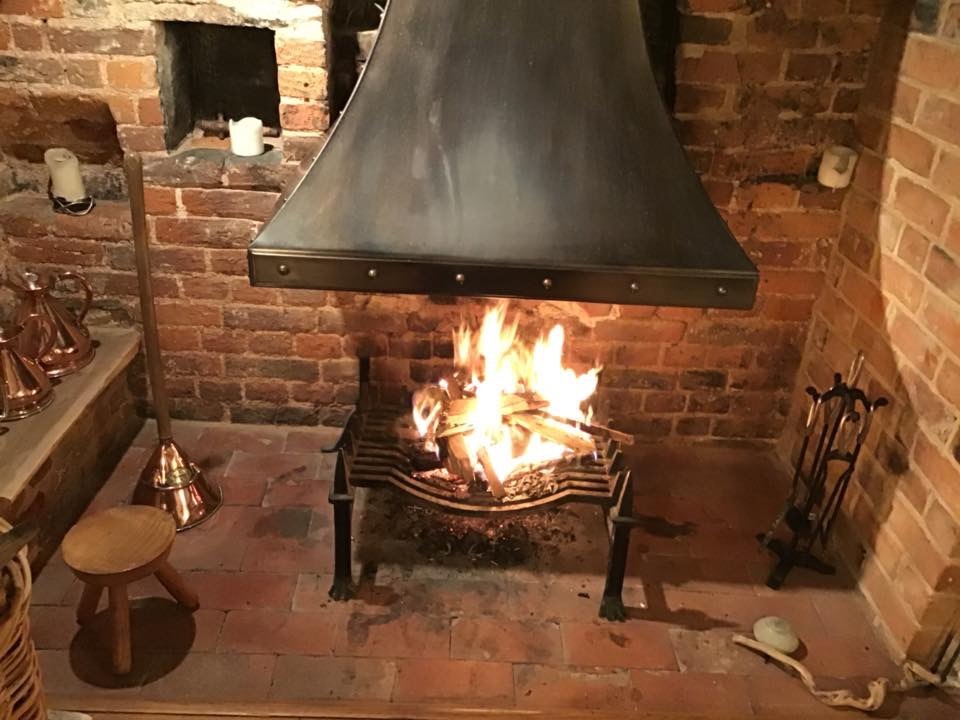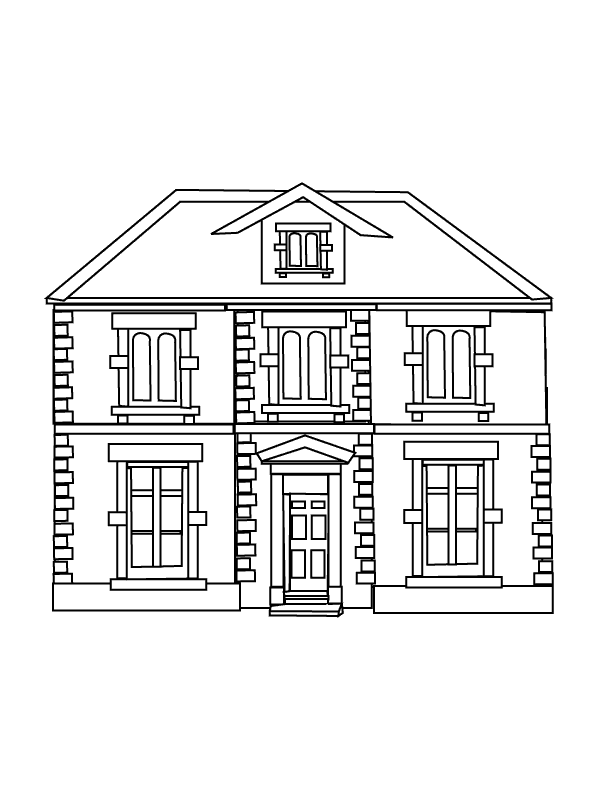Table Of Content

The quality of inventory at rag houses can vary greatly, depending on factors such as the source of clothing and regional variations. Premium mills typically offer better inventory compared to those that receive third-hand items from charity organizations. Furthermore, the origin of the clothing can influence its quality and desirability; for instance, clothes from certain regions may hold more value than those from other areas. The global spread of rag houses mirrored the expansion of the textile industry itself, with these establishments becoming increasingly common in Europe, North America, and other industrialized regions. In different cultures and economies, rag houses served as a means to manage textile waste and support local industries.
Inside the Massive Rag Yards That Wring Money Out of Your Discarded Clothes
Mother's New Collection Is Made of Upcycled Jeans, Leftover Textiles, and Clothes from L.A. Rag Houses - Vogue
Mother's New Collection Is Made of Upcycled Jeans, Leftover Textiles, and Clothes from L.A. Rag Houses.
Posted: Thu, 11 Feb 2021 08:00:00 GMT [source]
It is also worth noting that not all vintage clothing that is sold by raghouses is in good condition. The majority of the textiles received by raghouses are considered waste, and only a small portion of the textiles are usable. It is estimated that only 10% of the mix of textiles received by raghouses is good enough for most vintage clothing stores. However, the good pieces can be of high quality, and are often more affordable than vintage clothing that has been sourced from other sources.

sort rags into categories
We now order much more based on the quality of the product, fair pricing and ease to work with. So, prepare to embark on a journey through the colorful and often underappreciated realm of rag houses, where every piece of fabric tells a story and the possibilities for reuse are virtually limitless. Los Angeles Rag House guarantees unparallelled customer service, fair competitive pricing and superior quality in material and craftsmanship. Since the beginning, Los Angeles Rag House has had only one goal – to produce products at the highest level with no compromise to quality and ingenuity. Items must be shipped back within three business days of initial delivery with tracking # emailed back to us. Items must be unworn, unwashed and in original condition of when received.
History of Rag Houses
For vintage clothing store owners, finding a reliable source of vintage clothing is crucial to the success of their business. With the growing popularity of vintage and retro fashion, sourcing vintage clothing has become more competitive, making it increasingly difficult to find quality pieces that can be resold in a vintage clothing store. One solution to this problem is to source vintage clothing by the pound from raghouses. By sourcing vintage clothing from raghouses, vintage clothing store owners can find high-quality vintage clothing at an affordable price, and can offer their customers a unique and diverse selection of vintage clothing. Whether you are just starting a vintage clothing store or are looking to expand your existing business, sourcing vintage clothing from raghouses is definitely worth considering. The impact of rag houses on the textile industry and sustainability cannot be understated.
British Medical Journal is a rag, not objective, has anti-Israel bias - comment - The Jerusalem Post
British Medical Journal is a rag, not objective, has anti-Israel bias - comment.
Posted: Sun, 17 Dec 2023 08:00:00 GMT [source]
At the processing plant, everything is placed on a conveyor belts, I mean everything. This includes everything that was donated, clothing, accessories, household goods, sheets, textiles etc. These processing plants usually have graders or pullers if you will, that pull out modern items that will be sold in the local Salvation Army Thrift Stores, or whatever thrift store the processing plant supplies.
They create jobs in local communities, from the workers sorting the textiles to those involved in the transport and resale of these materials. Furthermore, the global trade of used textiles is a multi-billion-dollar industry, with raghouses at the heart of this economic activity. This not only bolsters local economies but also provides affordable clothing options in less developed regions.
At Romerovski Corp, he’s allowed to park in the same parking lot as the owners and the other Jewish office workers; his mother is still thrilled he works somewhere where he gets off early on Fridays, the Sabbath. As Kent explains it, most Rag houses are only willing to work with you if you pay up front — somewhere in the several thousands of dollars to start. That means when you go in you’re taking several hundred pounds out at a time, too. But to do so requires a lot of skilled labor rummaging through the piles. If you’re able to link up with someone who already has an account and offer your services, it may be one way to get your foot in the door.
Raghouses, also known as textile mills, are companies that specialize in processing and selling textile waste. They purchase textile waste from various sources, including clothing manufacturers, garment mills, and textile recyclers, and then sort, grade, and process the textiles into usable products. Raghouses sell these products to manufacturers, wholesalers, and retailers for use in a variety of applications, including clothing, accessories, and home goods. Another important consideration when sourcing vintage clothing from raghouses is to understand the grading system used by the raghouse. The grading system used by raghouses can vary, but it is typically based on the condition of the textiles, such as whether they are new or used, and whether they have any defects. It is important to understand the grading system used by the raghouse so that you know what you are buying and can accurately price the vintage clothing for your store.
MORE RESOURCES ON WHOLESALE VINTAGE
Our stores are a destination for those seeking a tight collection of vintage, independent artists, and one-of-a-kind finds. Here, you'll find vintage pieces that have been carefully hand-selected and curated, as well as emerging brands and designers whose values and aesthetic merge seamlessly with ours. We want you to be happy with your purchase and therefore do returns on a case by case basis or if an item has been grossly misrepresented. If you are not happy with your purchase or if an item has been grossly misrepresented, please contact us within 48 hours after receiving your product and we will happily work with you.
It’s quite hard to find a rag house, so we highly recommend searching your local area for some of the search terms mentioned above. Generally, you have a better chance of finding a rag house in a state that has a port for exporting clothing. States like Florida, California, Texas, and New Jersey are known to have rag houses. Imagine stepping into a vast warehouse, filled to the brim with discarded clothing, a seemingly endless sea of fabrics and textiles just waiting to be given new life. Welcome to the world of rag houses, the unsung heroes of the textile industry.
Only 5% of clothing we donate to a certain center makes it through their processing, the rest gets hauled off to a rag house (meaning there are many gems that we don't find at our local thrift store). A rag house is the last stop of the clothing donation train before our piles of garments get shipped overseas to developing countries or turned into rags. Rag houses are essential to managing waste and leaving garments that still have a life - out of landfills. Zweig runs the vintage department at Romerovski Corp, one of these processing facilities, called rag yards or rag houses.
This can be a time-consuming process, but it also allows vintage clothing store owners to handpick the pieces that they want to sell in their stores. Building a good working relationship with a raghouse can also help ensure that you receive quality vintage clothing on a regular basis. The process of sourcing vintage clothing from raghouses is relatively simple. The first step is to find a reputable raghouse that sells vintage clothing. This can be done by searching online for raghouses in your area, or by asking other vintage clothing store owners for recommendations. Once you have found a raghouse that you are interested in working with, you can contact them to request information about their products and prices.
“Vintage makes up about 10 percent of our business,” Reformation founder and CEO Yael Aflalo told me. Vintage Clothing Wholesalers and Suppliers work hand in hand with the rag houses that process vintage clothing, teaching their workers and buyers what is valuable for resale as Vintage. These mixes are then processed and sold to the Vintage Wholesaler so that they can begin processing the mixes for retail buyers. The first place donated clothing ends up is at the clothing recycling bin or center. These clothing recycling bins are picked up and dropped off at the local distribution plant.
However this means that you have to process everything, the good the bad and the ugly. You will be lucky to be able to use 5% of a credential grade, but you may find just one piece in that grade that is worth it, or not, it is always a gamble when you are recycling clothing. Looking ahead, the future of raghouses is intrinsically linked to advancements in textile recycling and sustainable fashion practices. Continued investment in innovative recycling technologies and greater consumer awareness of the environmental impacts of their clothing choices will be pivotal in shaping the evolution of raghouses.
This can save time and money compared to sourcing vintage clothing piece by piece from individual sellers. When sourcing vintage clothing from raghouses, it is important to understand that the textiles are sold in bulk and are not individually sorted or graded. This means that vintage clothing store owners will need to sort through the textiles themselves to find the pieces that they want to purchase.













